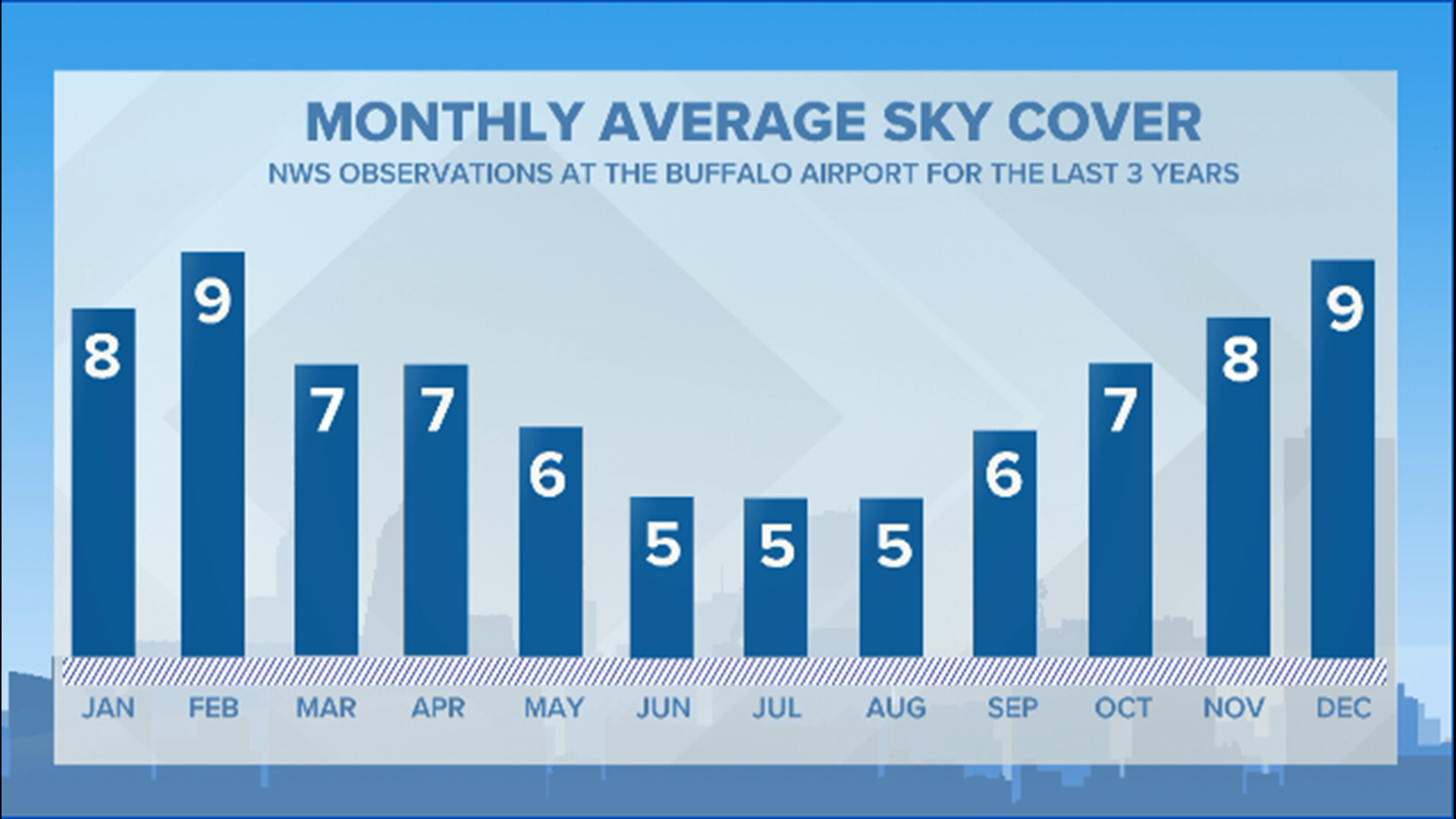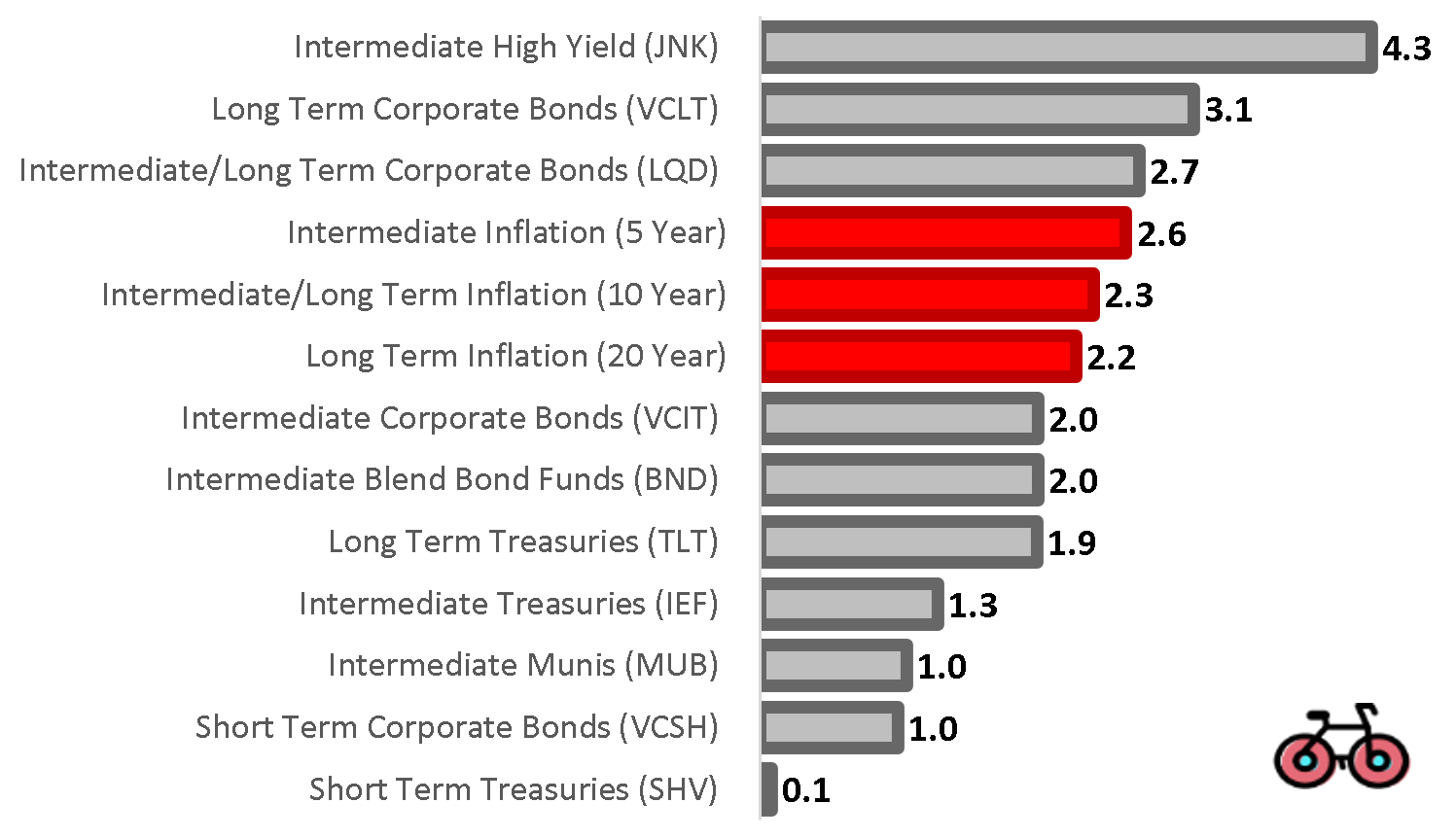Understanding Partly Cloudy Weather Patterns

Table of Contents
Formation of Partly Cloudy Skies
Partly cloudy skies, defined meteorologically as having between 20% and 50% cloud cover, result from a complex interplay of atmospheric factors. Understanding these factors allows for better interpretation of weather forecasts and predictions.
The Role of Air Masses
The interaction of different air masses is a primary driver of partly cloudy conditions. Warm, moist air rising encounters cooler air aloft, leading to condensation and cloud formation.
- Uplift: As warm, moist air rises, it cools and expands, reaching its dew point – the temperature at which water vapor condenses into liquid water.
- Condensation: This condensation forms tiny water droplets or ice crystals, which cluster together to create clouds.
- Cloud Formation: The type of cloud formed depends on factors like the rate of uplift, atmospheric stability, and moisture content. Cumulus clouds, characterized by their puffy, cotton-like appearance, and stratocumulus clouds, appearing as layered patches, are frequently associated with partly cloudy conditions.
Atmospheric Pressure Systems
High and low-pressure systems significantly influence cloud cover.
- High-Pressure Systems: High-pressure systems are typically associated with descending air, which inhibits cloud formation. This often leads to clear skies or only scattered clouds, a subset of partly cloudy conditions.
- Low-Pressure Systems: Conversely, low-pressure systems bring rising air, conducive to cloud development. While often associated with stormy weather, the leading edge of a low-pressure system might initially present as partly cloudy skies before heavier precipitation arrives.
Influence of Topography
Geographical features play a crucial role in shaping cloud patterns.
- Orographic Lift: As air masses encounter mountains, they are forced to rise, leading to orographic lift. This uplift causes cooling and condensation, resulting in cloud formation on the windward side of mountains. The leeward side often experiences a rain shadow, with less cloud cover.
- Lenticular Clouds: These lens-shaped clouds form over and downwind of mountains due to wave patterns in the air. Their presence often indicates partly cloudy conditions in mountainous regions.
- Valley Effects: Valleys often experience different cloud cover compared to surrounding higher elevations due to localized air circulation and temperature variations.
Interpreting Partly Cloudy Forecasts
Understanding partly cloudy forecasts requires more than simply reading the words; it requires context and an understanding of meteorological symbols.
Understanding Forecast Symbols
Meteorological symbols on weather maps and forecasts represent cloud cover using standardized icons.
- Partly Cloudy Symbol: These symbols typically depict a mix of sun and clouds, representing the partial cloud cover. Specific symbols might indicate a higher or lower percentage of cloud cover within the partly cloudy range (e.g., 20%-30% vs. 40%-50%).
- Image Examples: [Insert images of different partly cloudy weather symbols here].
The Importance of Context
"Partly cloudy" is relative and highly dependent on context.
- Seasonal Variations: A partly cloudy day in summer might feel quite different than a partly cloudy day in winter, due to temperature differences and the angle of the sun.
- Location: Coastal regions might experience different cloud cover than inland areas due to prevailing winds and moisture.
- Time of Day: Cloud cover can vary significantly throughout the day, with morning fog clearing to partly cloudy conditions later.
- Cloud Cover Percentage: Pay attention to any stated percentage of cloud cover (e.g., "20-40% cloud cover"). This gives a more precise indication of the expected conditions.
Using Technology for Accurate Predictions
Modern technology enhances the accuracy of partly cloudy weather forecasts.
- Weather Satellites: Provide images of cloud cover across vast areas, allowing meteorologists to track cloud movement and distribution.
- Radar: Detects precipitation and helps estimate cloud liquid water content, improving the accuracy of precipitation forecasts associated with partly cloudy conditions.
- Numerical Weather Prediction (NWP) Models: Complex computer models simulate atmospheric processes, providing more detailed and accurate forecasts, including cloud cover predictions.
Impacts of Partly Cloudy Conditions
Partly cloudy weather significantly impacts various aspects of our environment and daily lives.
Effects on Temperature
Cloud cover affects both daytime and nighttime temperatures.
- Daytime: Clouds reflect sunlight back into space, leading to slightly cooler daytime temperatures compared to clear skies. Partly cloudy conditions result in a moderation of this effect.
- Nighttime: Clouds act as insulation, trapping heat radiated from the Earth's surface and leading to warmer nighttime temperatures. Partly cloudy skies provide a balance between radiative cooling and heat retention.
Influence on Solar Radiation
The amount of solar radiation reaching the Earth's surface depends directly on cloud cover.
- Photosynthesis: Partly cloudy conditions provide a moderate amount of sunlight, which can be beneficial for photosynthesis in plants. However, excessive cloud cover can limit photosynthesis.
- Solar Energy Production: Cloud cover reduces the efficiency of solar panels, and partly cloudy conditions lead to fluctuating energy production.
Impact on Precipitation
Partly cloudy conditions can be a precursor to or a result of precipitation.
- Precipitating Clouds: The type and movement of clouds in partly cloudy skies can indicate the possibility of future precipitation. The presence of cumulonimbus clouds, for example, even in a partly cloudy sky, suggests a higher likelihood of showers or thunderstorms.
- Precipitation Dissipation: Conversely, partly cloudy conditions might reflect the dissipation of a previous precipitation event.
Conclusion
Understanding partly cloudy weather patterns requires considering the interplay of air masses, pressure systems, topography, and advancements in weather forecasting technology. By interpreting meteorological symbols correctly and acknowledging the contextual nuances of "partly cloudy," we can gain a more accurate understanding of expected weather conditions. This knowledge improves our ability to plan activities, understand its effects on temperature, solar radiation, and potential precipitation. Stay informed about partly cloudy weather patterns and improve your weather awareness! Explore resources like [link to a reputable weather website] and [link to a meteorological organization] to deepen your understanding of this common yet complex weather phenomenon.

Featured Posts
-
 Liga De Quito Vs Flamengo Pronostico Y Analisis Copa Libertadores Grupo C Fecha 3
May 08, 2025
Liga De Quito Vs Flamengo Pronostico Y Analisis Copa Libertadores Grupo C Fecha 3
May 08, 2025 -
 Taiwan Investors Retreat From Us Bond Etfs A Shift In Investment Strategy
May 08, 2025
Taiwan Investors Retreat From Us Bond Etfs A Shift In Investment Strategy
May 08, 2025 -
 Is Jayson Tatum Overlooked Colin Cowherds Consistent Critique Examined
May 08, 2025
Is Jayson Tatum Overlooked Colin Cowherds Consistent Critique Examined
May 08, 2025 -
 Ahm Tbdylyan Pnjab Myn 8 Ays Pyz Awr 21 Dy Ays Pyz Ke Tqrr W Tbadle
May 08, 2025
Ahm Tbdylyan Pnjab Myn 8 Ays Pyz Awr 21 Dy Ays Pyz Ke Tqrr W Tbadle
May 08, 2025 -
 Why Current Stock Market Valuations Shouldnt Deter Investors A Bof A View
May 08, 2025
Why Current Stock Market Valuations Shouldnt Deter Investors A Bof A View
May 08, 2025
